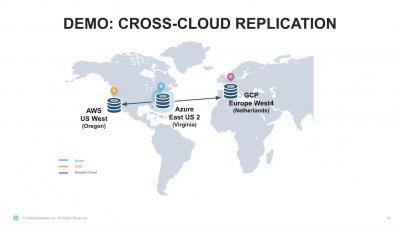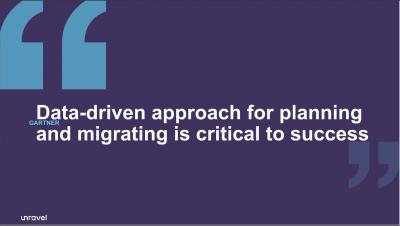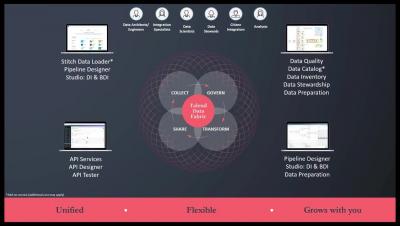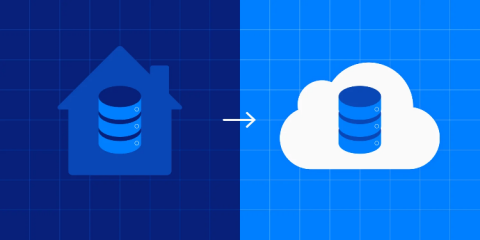Systems | Development | Analytics | API | Testing
Cloud
Data Lake Export Public Preview Is Now Available on Snowflake
Public preview of the data lake export feature is now available. Snowflake announced a private preview of data lake export at the Snowflake virtual summit in June 2020. Data lake export is one of the key features of the data lake workload in the Snowflake Data Cloud. The feature makes Snowflake data accessible to the external data lake, and it enables customers to take advantage of Snowflake’s reliable and performant processing capabilities.
Democratizing Machine Learning Capabilities With Qlik Sense and Amazon SageMaker
The ability to discover insights from past events, transactions and interactions is how many customers currently utilize Qlik. Qlik’s unique approach to Business Intelligence (BI) using an in-memory engine and intuitive interface has democratized BI for typical business users, who usually have little to no technical savvy. But, for many years, organizations have only been able to analyze metrics or KPIs of “what has happened” (i.e., descriptive analytics).
Democratizing Machine Learning Capabilities With Qlik Sense and Amazon SageMaker
The ability to discover insights from past events, transactions and interactions is how many customers currently utilize Qlik. Qlik’s unique approach to Business Intelligence (BI) using an in-memory engine and intuitive interface has democratized BI for typical business users, who usually have little to no technical savvy. But, for many years, organizations have only been able to analyze metrics or KPIs of “what has happened” (i.e., descriptive analytics).
Cloud Data Management Guide: Solutions & Best Practices
Your data can quickly get out of control when you’re working with multiple cloud storage services and applications throughout your organization. Complex cloud ecosystems can make it difficult to know what data you have, how it’s being managed, whether it’s safe, and how to use it effectively. Cloud data management platforms can stop this frustrating scenario in its tracks.
How to Migrate an Existing Application to Serverless | AWS
Moving Big Data and Streaming Data Workloads to AWS
The Modern Data Eco System - How teams collaborate to unleash their data
How to Migrate Your Enterprise Data Warehouse to a Cloud Data Warehouse
Migrating a data warehouse from a legacy environment requires a massive upfront investment in resources and time. There is a lot to consider before and during migration. You may need to replan your data model, use a separate platform for tasks scheduling, and handle changes in the application’s database driver. Therefore, organizations must take a strategic approach to streamline the process. This article presents a step-by-step approach for migrating a data warehouse to the cloud.
Cloud-Based Data Analytics in Three Steps
Implementing a modern, cloud-based analytics stack doesn’t have to be hard — you can do it in three steps, actually. Implementing a modern data stack (MDS) — data integration tool, cloud data warehouse and business intelligence platform — is the best way to establish a successful analytics program as data sources and data volumes multiply.










